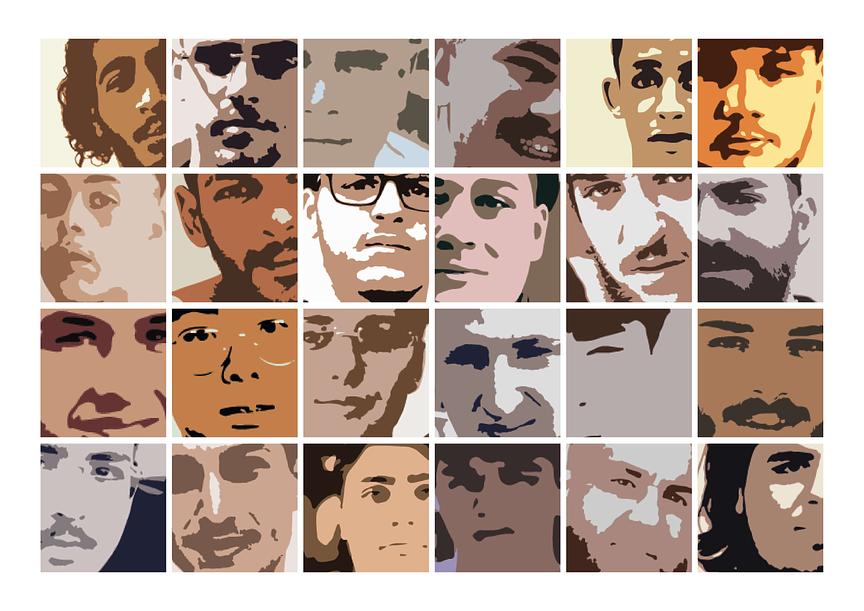Imprisonment does not facilitate reintegration, but rather promotes segregation and contact with delinquency, increasing the conflict between young inmates and the outside world. The project aims to transform detention centers into places of care through language and landscape changes by working on stigmatization, cultural context, and on the relationship between inside and outside the prison.
'The Loop' and 'Fammi vedere la luna' have been designed with inmates and include similar topics although target different users: 'The Loop' is a physical Escape Room meant to be played in juvenile jails. The goal is to explore themes and to reflect on inmates’ own identities and conditions through an engaging narrative. Through role-playing the prisoners become protagonists of the story and are led to explore their personal real-life situation through challenges using metaphors.
'Fammi vedere la luna' is an educational tool for students and young people to reflect on freedom, stigmas and cultural contexts around prisons. This game triggers empathy towards people who are in a situation of detention and social marginality by emerging their relational, material and psychological difficulties. This interactive game allows users to influence the story, the events and the emotional states of a boy who is in a juvenile prison through different choices.
The Loop has been organized and played in the juvenile prison during the Summer School in 2022 and in 2023. The game 'Fammi vedere la luna' is accessible and playable by everyone through the website www.fammivederelaluna.mediterraneocomune.it. We have developed a workshop format around the game that we have brought to school in marginal contexts where, beyond the gaming experience, we propose multiple informal activities about the main themes. Both Fammi vedere la luna and The Loop are in a testing phase and projects have garnered significant attention, being featured at various research events and discussions on a national scale. This exposure has helped these projects reach a larger audience and contribute to meaningful conversations about their impact and significance.
The story game is accessible and playable in Italian by everyone through the website https://fammivederelaluna.mediterraneocomune.it/gioco
Alternatively, you could use the following link: https://landbot.pro/v3/H-1436475-PHSKNXIGTKNI73ZY/index.html
For more information about The Loop, you can contact Claudia Zampella (claudia.zampella@gmail.com) or Anna Baldassarre (anna.baldassarre87@gmail.com)



